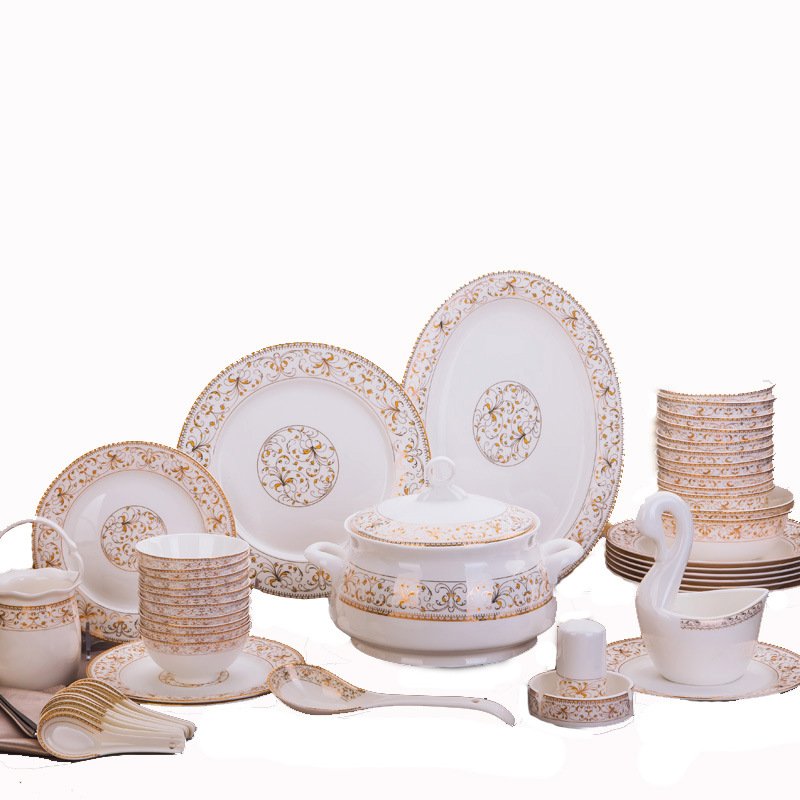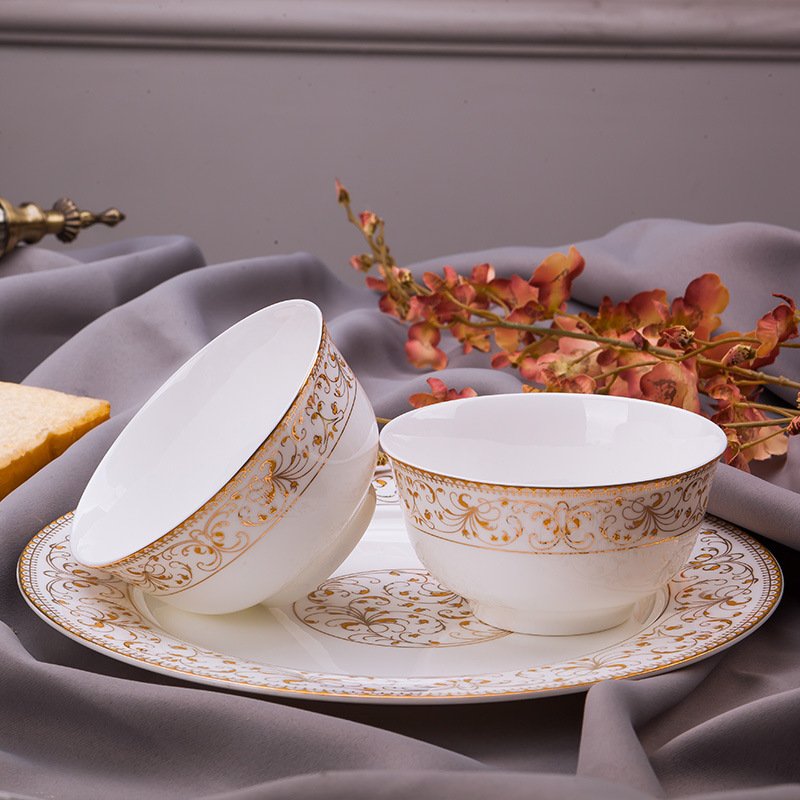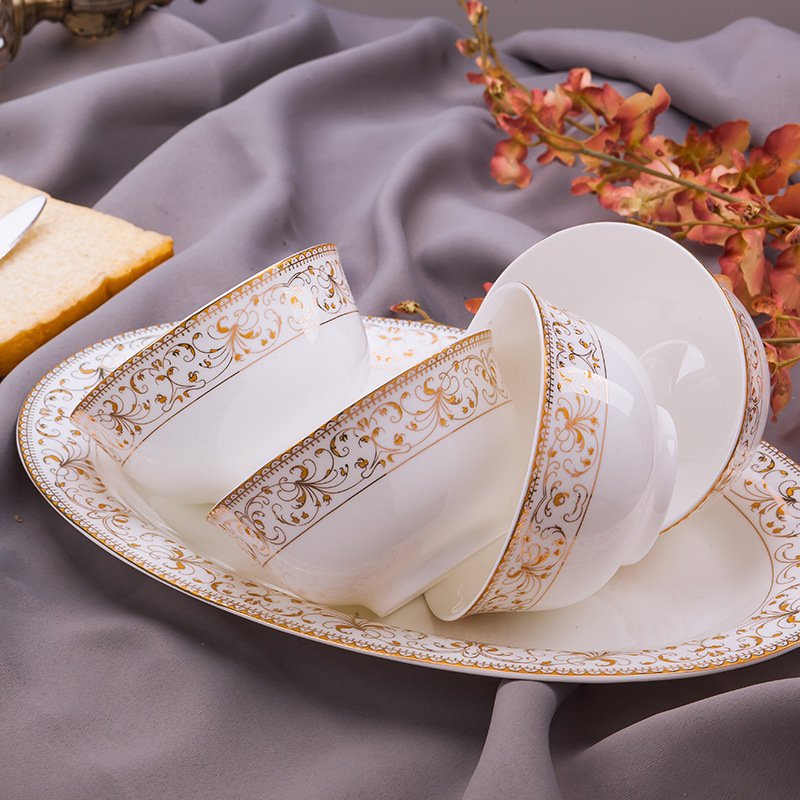描述
Introduction to Nine-Colored Deer Porcelain
Nine-Colored Deer porcelain represents a distinguished form of pottery that has evolved through centuries of artistic expression and cultural significance. Originating from China, this unique pottery is characterized by its intricate craftsmanship and the vibrant application of colors that bring to life various themes, primarily drawn from nature and mythology. The number nine in this context often symbolizes longevity and auspiciousness, while the deer is a poignant emblem of prosperity and good fortune within the realms of Chinese folklore.
This harmonious combination of color and meaning in Nine-Colored Deer porcelain reflects the rich tapestry of Chinese traditions, where art is not merely for decoration but is imbued with deeper connotations. Each piece serves as a storyteller, often incorporating motifs that celebrate nature’s beauty and various aspects of life, such as peace, harmony, and abundance. Traditionally, artisans would utilize distinctive glazing techniques to achieve the striking nine colors, each selected for its symbolic representation. The meticulous process involved in creating these pieces underscores the dedication to art within Chinese culture.
Among the notable achievements within this porcelain genre is the exquisite 16 Heads family banquet set. This remarkable assemblage exemplifies the pinnacle of craftsmanship and artistic design, reflecting both the societal importance of communal dining and the reverence for art in everyday life. The banquet set stands out not just for its aesthetic appeal but also for its historical roots, which trace back to skilled artisans whose passion for creativity has lasted generations. In this blog post, we will delve deeper into the stories behind the Nine-Colored Deer porcelain and its significance, examining the artistry and elegance embodied in these timeless collectibles.
The Artistic Characteristics of Nine-Colored Deer Porcelain
Nine-Colored Deer porcelain is celebrated for its exquisite craftsmanship, which combines traditional techniques with vibrant artistry. At the core of its appeal are the intricate designs that capture the essence of the deer, an emblem of longevity and prosperity in various cultures. The artistry begins with the selection of clay, which is carefully processed to ensure a flawless foundation for the intricate details to follow. The artisans pay close attention to the texture and consistency of the clay, ensuring that it can withstand the subsequent glazing and firing processes.
The glazing technique is a defining characteristic of Nine-Colored Deer porcelain. Artisans apply a variety of glazes that are formulated to enhance the colors and patterns, ensuring that they remain vivid and striking after firing. Each piece undergoes multiple firings, which allows for the layering of colors, creating depth and richness that is visually captivating. Additionally, the use of lead-free glazes emphasizes the safety and environmental consciousness of contemporary craftsmen, aligning traditional techniques with modern standards.
Painting methods employed in the creation of Nine-Colored Deer porcelain further elevate its artistic value. Once the glazing is complete, skilled painters meticulously hand-decorate each item with colorful motifs. These motifs often depict scenes of deer in serene landscapes, surrounded by symbolic flora. The deer, often rendered in vibrant hues, stand as representations of auspiciousness and good fortune. This meticulous attention to detail not only showcases individual artistic expression but also connects the viewer to deeper cultural narratives.
The combination of advanced glazing techniques and skilled painting methods makes Nine-Colored Deer porcelain not just functional dinnerware but also a work of art that embodies cultural significance and aesthetic appeal. Each piece tells a story of harmony, abundance, and the enduring connection between nature and craftsmanship.
The Significance of the 16 Heads in Family Banquets
The 16 Heads family banquet porcelain set holds a profound place in Chinese dining traditions, symbolizing unity and celebration within families. In Chinese culture, the number 16 is not merely a numeral but carries significant connotations. It is often associated with completeness and harmony, reflecting the essence of family gatherings where kinship bonds are strengthened. The use of such porcelain during significant family events enhances the overall dining experience, aligning with cultural values deeply rooted in the Chinese way of life.
At family banquets, the 16 Heads set is traditionally employed to serve a wide array of dishes, emphasizing the celebratory nature of such occasions. Each dish presented signifies abundance and good fortune, embodying the essence of prosperity and unity that is essential to familial relationships. The types of dishes typically served can range from sumptuous seafood to elaborate meat dishes, representing a harmonious balance of flavors that aligns with the ideals of traditional Chinese cuisine. The meticulous arrangement of these dishes not only pleases the palate but also demonstrates respect for culinary artistry and social etiquette.
The act of dining using the 16 Heads porcelain set transcends mere sustenance; it is a cultural ritual that reinforces the importance of sharing a meal with loved ones. Meals have always been a focal point of bonding within families, and the elaborate nature of a banquet symbolizes collective joy and togetherness. Hence, the 16 Heads family banquet set serves as a tangible reminder of the values embedded in Chinese culture, where sharing and celebration play a pivotal role in forging a cohesive family unit. Such gatherings, accompanied by thoughtfully prepared dishes, create lasting memories and foster connections that endure through generations.
Collecting and Preserving Nine-Colored Deer Porcelain
Collecting Nine-Colored Deer porcelain can be a rewarding endeavor, but it requires a keen eye and an understanding of authentic pieces versus replicas. Genuine Nine-Colored Deer porcelain is known for its intricate designs, vibrant colors, and the unique nine-colored glaze, which often features the imagery of deer, symbolic of prosperity and longevity in Chinese culture. When assessing a piece, collectors should examine the craftsmanship closely. Authentic items typically exhibit fine details, a harmonious blend of colors, and a smooth finish. Replicas may show uneven coloring, rough textures, or poorly executed designs, which can easily betray their false nature.
The market for Nine-Colored Deer porcelain varies, influenced by factors such as age, rarity, and condition. Older pieces, especially those from well-documented production periods, command higher prices. Collectors should familiarize themselves with reputable galleries or auction houses, as they often provide appraisals and sales records that can help gauge market value. Furthermore, participating in dedicated collector communities can provide valuable insights into pricing trends and trusted sources.
Once collectors begin their journey, preserving the porcelain becomes paramount. To maintain these delicate items, it is essential to keep them in a stable environment, away from direct sunlight and extremes of temperature. Utilizing display cases made of UV-protective glass can safeguard pieces from dust and potential damage. Regularly checking for signs of deterioration, such as cracks or fading colors, enables early intervention. Moreover, cleaning should be performed cautiously; a soft, damp cloth should be used for dusting, while abrasive materials should be strictly avoided. Proper handling and thoughtful preservation techniques will ensure that the beauty and value of Nine-Colored Deer porcelain are maintained for future generations to appreciate.
Conclusion: The Legacy of Nine-Colored Deer Porcelain
The legacy of Nine-Colored Deer porcelain, particularly epitomized by the 16 Heads family banquet set, is a testament to the rich cultural heritage of China. This traditional art form has transcended generations, embodying both aesthetic beauty and historical significance. The meticulous craftsmanship involved in creating each piece reflects the deep appreciation for artistry and the cultural narratives embedded within these works. As a result, these porcelain sets are not only functional items for dining but also treasured artifacts that narrate stories of familial bonds, celebrations, and shared traditions.
Furthermore, the elegance of Nine-Colored Deer porcelain enhances the dining experience, transforming ordinary meals into memorable events. The vibrant colors and intricate designs invite admiration and foster a connection to the past. Each set, especially during family banquets, serves as a reminder of heritage, bringing families together to engage in culinary practices that honor tradition. The beauty of this porcelain exemplifies the harmony between form and function, making it highly coveted in contemporary homes and collectives alike.
As global interest in traditional crafts continues to grow, the allure of Nine-Colored Deer porcelain remains steadfast. Collectors and enthusiasts who appreciate the elegance of such art forms increasingly recognize the value of porcelain sets like the 16 Heads family banquet collection. By bringing these exquisite pieces into the modern culinary landscape, individuals can celebrate and maintain a connection with their heritage while introducing beauty into daily life.
Ultimately, the enduring legacy of Nine-Colored Deer porcelain encourages everyone to explore and appreciate the cultural significance behind traditional artistry. Engaging with this legacy can inspire a deeper understanding of our own culinary practices and the beautiful narratives they carry, thus fostering a profound respect for the artistry involved.

















评价
目前还没有评价